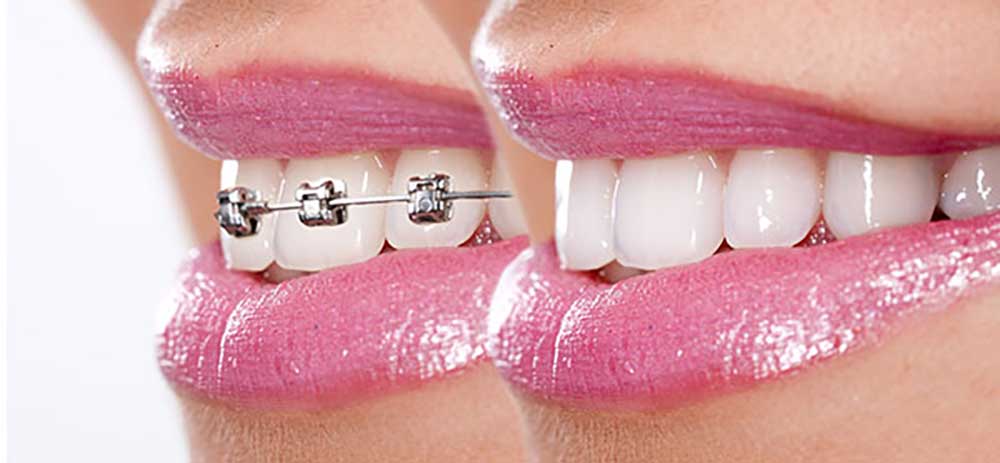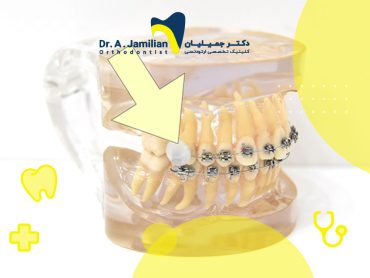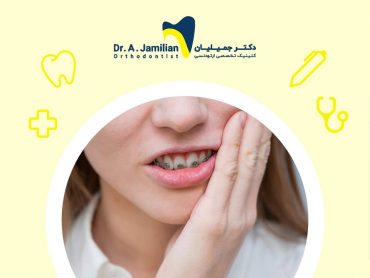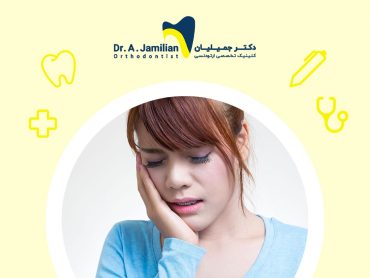In the orthodontic clinic of Dr. Jamilian, the first consultation visit for determining orthodontic procedures is free of charge. The following is common orthodontic information. In the first session, the teeth, jaws, gums, bone structure and the overall dental health will be examined by an orthodontist. The dentist will also determine if orthodontics is needed. If needed, they will calculate the costs of orthodontic treatment depending on the length, and multiple different methods. According to that analysis the price for the patient will be estimated.
During this session, you can ask all your questions from Dr. Jamilian and address your concerns about the orthodontic treatment.
Diagnostic records
When Dr. Jamilian recognized the need for treatment, he will use diagnostic record stage which includes:
- Teeth casting
- Head and face radiography
- Digital photography of jaws and face
These records enable us to make the best and most accurate diagnosis. At this time, the patient will learn about multiple different information. Including the type and method of orthodontic treatment, different stages of treatment and the need for surgery and teeth extraction. They will also be informed of the estimated time and cost of orthodontic treatment. Each orthodontic patient has a specific malformation thus, needing its own treatment plan.

Orthodontic treatment and jaws position
Before placing orthodontic brackets on the teeth, the jaw’s status is examined. In the case of protruded or retruded jaws, their position is first corrected with removable orthodontic appliances. The age of orthodontic treatment is of particular importance, because in 8 or 9 year-old patients, the jaws can be moved to the standard position using orthodontic tools without any need for surgery. As the patient’s age goes higher it becomes increasingly difficult. Thus leading to possible orthodontic surgery in adults.
Note that at any age you want to align your irregular teeth, you should first consult an orthodontist to determine the correct method for the treatment of misaligned teeth. The orthodontist will plan a professional treatment for you. On top of this, they will recognize the need for jaw surgery, and tell you when to apply for jaw surgery. In adult patients, the orthodontist first prepares the teeth for surgery. Then, the jaw surgery is performed by a maxillofacial surgeon.
It is important to make frequent checks whilst continuing the treatment.
Orthodontic treatment schedule
Depending on the patient’s age and severity of malformation the length of orthodontic treatment will be decided. The method of orthodontic treatment chosen by an experienced orthodontist is also of great importance. For example, orthodontic treatment of children with a certain degree of malformation is shorter than that in adults. The length of treatment with fixed orthodontics is also shorter than removable orthodontics. The orthodontist takes all these issues into consideration and eventually gives the patient a 6- to 30-month schedule. The orthodontist will also inform the patient of the number of visits and appropriate time intervals.
Patient responsibility during orthodontic treatment steps
To get the best outcome of the orthodontic treatment, the patient is expected to follow the orthodontics process with diligence and discipline, and to carefully follow instructions given by the orthodontist The patient should heavily consider the following:
- Regular visits according to the schedule provided by the orthodontist
- Oral hygiene, especially at night
- Proper care and maintenance of orthodontics
End of orthodontic treatment
At the final stage, a suitable retainer is recommended to stabilize orthodontic treatment. The orthodontist tells you the proper timing for using the retainer. In addition, the use and maintenance of the retainer will also be taught to you.
Some retainers are used full-time for the first 6 months. Thereafter, the retainer is used only at night for several years. There are also other retainers that are used full-time for a week and then only at nights.
Frequently Asked Questions about the Stages of Orthodontic Treatment
The best orthodontic treatment is offered by the best orthodontist. Visit a professional and modern orthodontist in order to receive the newest orthodontic treatment methods based on your disorder. In recent years, orthodontic appliances and methods have significantly advanced. A benefit is that the newest orthodontic appliances are also the most efficient in orthodontic treatment.
The purpose of orthodontic treatment is to achieve the correct function and healthy jaws, teeth, and oral cavity, which is the first part of the gastrointestinal tract. This is done by correcting and adjusting the positioning of teeth and jaws. In addition, facial beauty is achieved for the patient.
The purpose of orthodontic treatment is to achieve beautiful and healthy teeth. Therefore, a professional orthodontist adjusts teeth through a specific course of time to an extent in order to avoid damage to the roots. You will have healthier and more beautiful teeth at the end of orthodontic treatment.
Placing fixed orthodontics takes about 15 minutes by Dr. Jamilian. Also, molding for removable orthodontics is carried out in one session and the removable orthodontics is delivered to the patient in one minute in the following session.
The required time varies based on the maxi-dental disorder. Orthodontics may take one year in simple dental disorders in which the jaws are standardly positioned. However, orthodontic treatment may take up to 2 years in severe disorders in which the jaws are improperly positioned.
New orthodontic appliances have reduced the time of orthodontic treatment. Nonetheless, it should be noted that the orthodontist cannot move teeth more than one millimeter per month to avoid damage to teeth roots. Refer to an up-to-date and modern orthodontist for short-term orthodontics.







